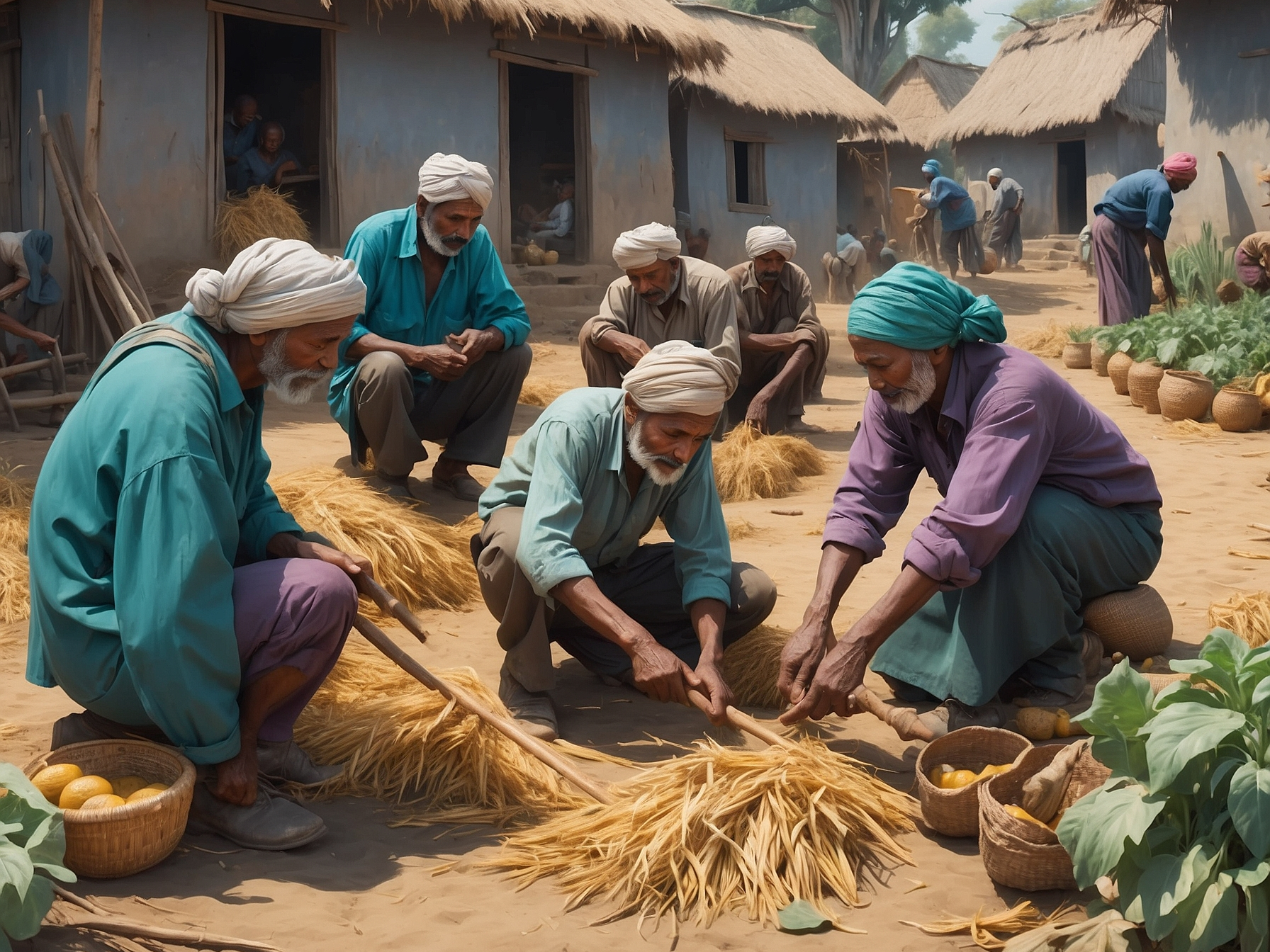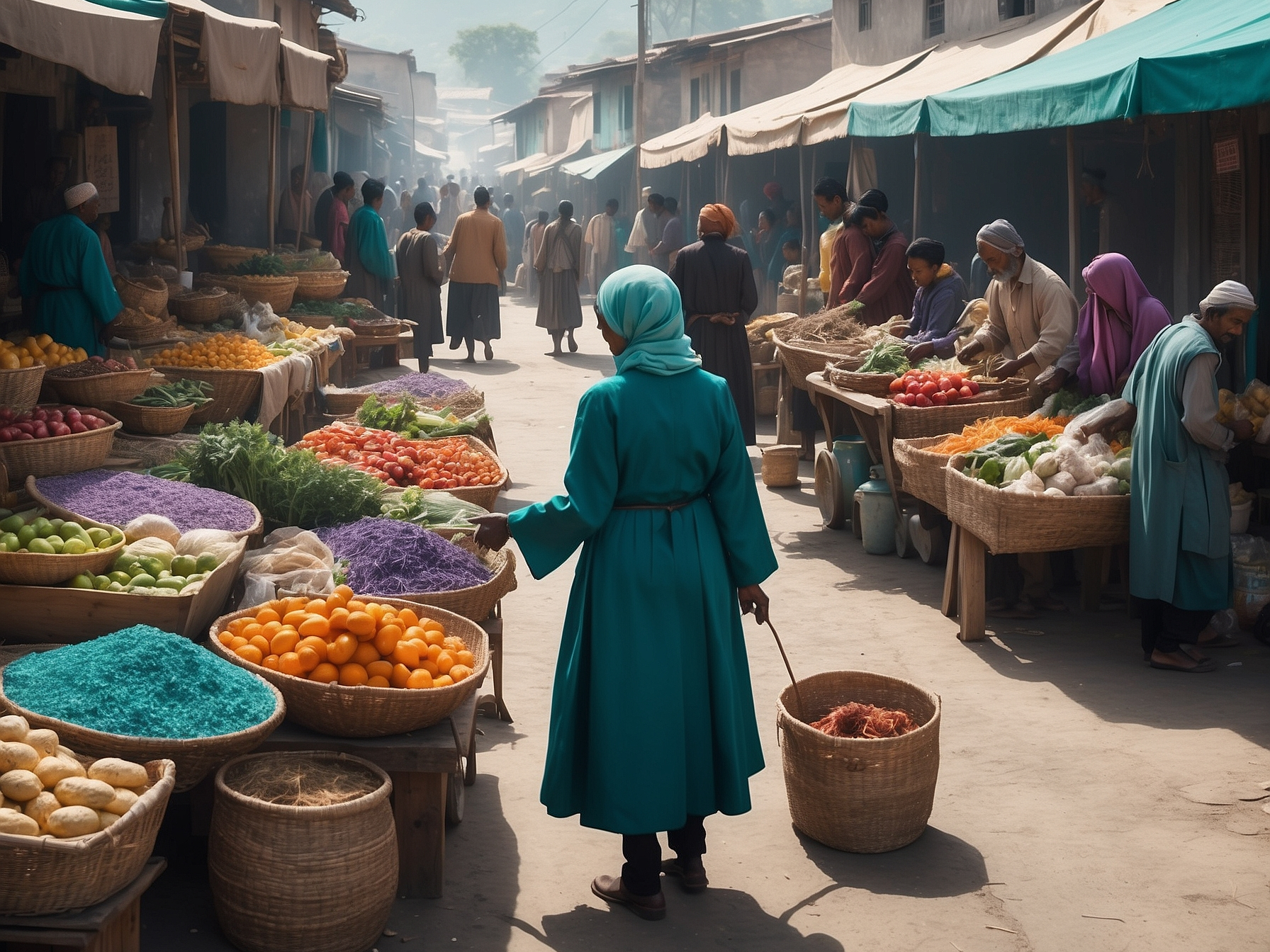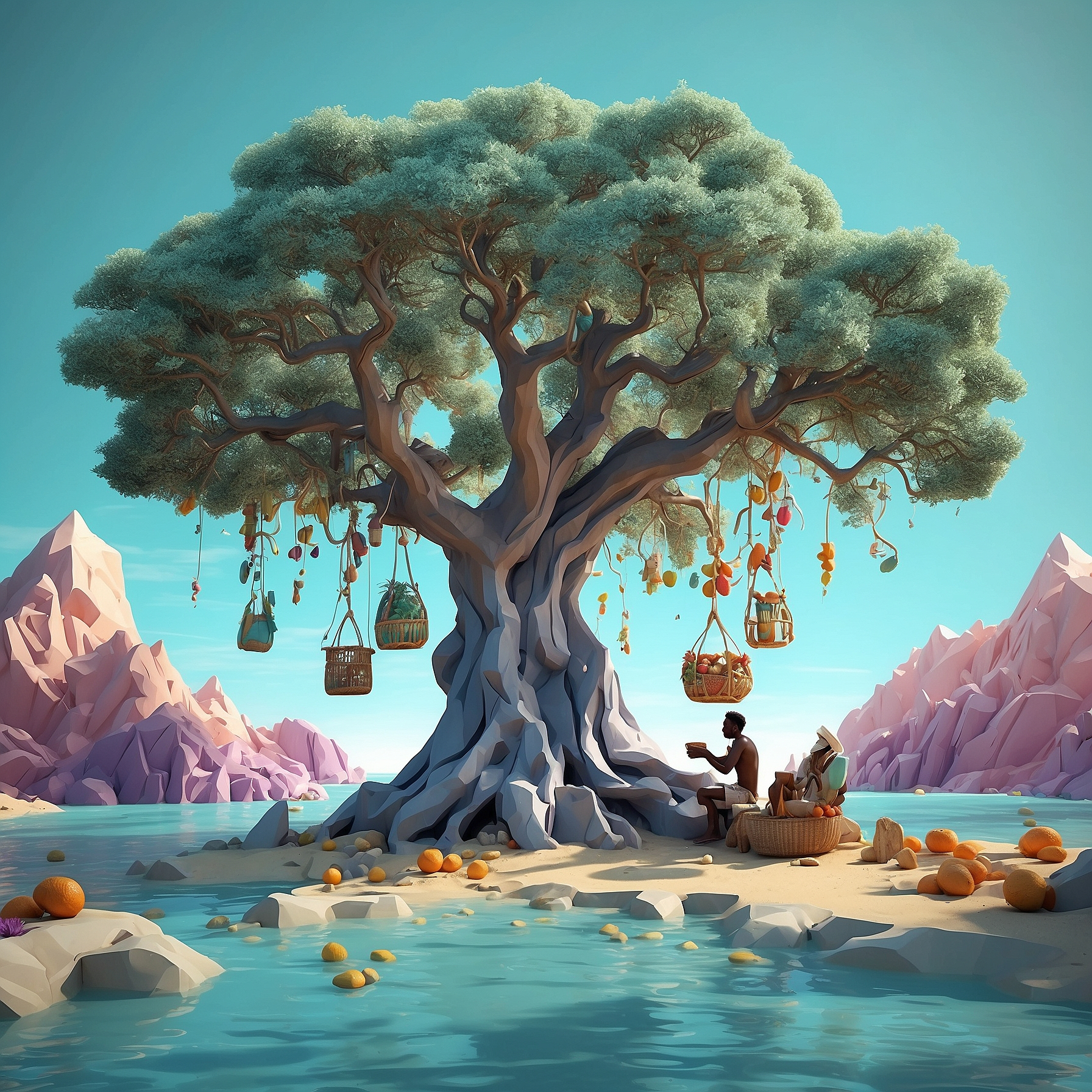Ever wondered what life would be like without Amazon Prime and same-day delivery? Let’s take a trip back in time to the traditional economy—the original way humans bartered, traded, and survived before Bitcoin and stock markets were even a twinkle in someone’s eye. Despite seeming as outdated as dial-up internet, traditional economies are still hanging around in some parts of the world, reminding us of simpler times when life wasn’t dictated by the latest smartphone release.
What is a traditional economy?
Imagine a world where your job description is inherited, not chosen, and money is more a concept than a reality. Welcome to the traditional economy, where customs, traditions, and time-honored practices are the rulebook for producing and distributing goods and services.

No stock markets, no Bitcoin, just good old-fashioned barter and trade. These economies thrive in places where agriculture reigns supreme and life moves at the pace of a horse-drawn cart. Think of it as the economic equivalent of grandma’s handed-down recipes—simple, enduring, and untouched by the chaos of modern life.
Examples of traditional economies can still be found among the Jarawa tribe of the Andaman Islands of India and the Oribu tribe in Brazil. These communities remind us that not everyone has hopped on the high-speed train of economic modernization—and maybe that’s not such a bad thing.
Traditional Economy Characteristics
Let’s dive into what makes a traditional economy tick. Here’s the rundown:
- Subsistence production
- Little to no specialization
- Barter system
- Low level of technology
- Reliance on the environment
- Religion plays a significant role
Now, let’s unpack these characteristics one by one, because who doesn’t love a good listicle?
Subsistence production

Growing plants or raising animals for personal consumption is a hallmark of a traditional economy. The goal isn’t to build wealth but to meet basic needs.
In a traditional economy, think of everyone as their own supermarket. Subsistence production means families produce just enough to keep themselves fed, clothed, and sheltered—no excess, no frills, no “Buy One Get One Free” sales. The main objective here is survival, not profit margins or market shares.
This approach shows up in activities like small-scale farming or fishing, where the most advanced piece of equipment might be a handmade net or a trusty old hoe. It’s a type of production that’s labor-intensive, relying heavily on physical effort and manual skills. Since these economies focus on subsistence, they’re often found in rural areas with lower living standards and limited access to modern conveniences.
Sure, they might not have 5G coverage or artisanal coffee shops, but subsistence production offers sustainability and self-reliance. It’s like living off the grid but without the YouTube channel to brag about it. People meet their basic needs without depending on the global economy, which can be a blessing when the stock market decides to take a nosedive.
Little to no specialization
In a traditional economy, everyone’s a jack-of-all-trades—out of necessity, not choice. Forget about climbing the corporate ladder or becoming an expert in quantum physics. Here, individuals and families handle everything themselves: growing food, sewing clothes, building homes, maybe even whipping up home remedies for that pesky cold. It’s DIY on steroids.
This lack of specialization means there’s no assembly line or division of labor. While it’s great for self-sufficiency, it also puts a cap on economic growth. After all, it’s hard to innovate the next big thing when you’re busy tending the chickens, mending the roof, and teaching the kids—all before lunchtime.
Barter system

Ever tried swapping a chicken for a sack of potatoes? In a traditional economy, that’s just a regular Tuesday. The barter system is alive and well here, with goods and services exchanged directly—no cash, no credit cards, no crypto. When currency is as rare as a unicorn or as unstable as a rickety bridge, people rely on trading what they have for what they need.
It’s like the ultimate swap meet, but with more practical stakes. Your ability to negotiate could mean the difference between having a warm blanket for the winter or shivering through the cold months. So, sharpen those bartering skills!
Low level of technology
If you’re hoping to spot the latest iPhone or a self-driving tractor in a traditional economy, don’t hold your breath. Here, technology takes a backseat—or maybe isn’t even in the car. The tools of the trade are often handmade, and machinery is as rare as a snowstorm in the Sahara. People rely on good old-fashioned elbow grease to get things done.
Agriculture dominates, and farming is carried out with manual labor, perhaps aided by a trusty ox or mule. Large-scale production? Not on the menu. When you’re planting and harvesting by hand, there’s only so much you can do. But hey, who needs automation when you’ve got a strong back and plenty of daylight?
Reliance on the environment
When nature’s your supermarket and hardware store, you learn to respect it—but you’re also at its mercy.
In a traditional economy, Mother Nature is the ultimate boss. Communities depend heavily on the environment for food, shelter, and resources. Fishing, hunting, and gathering aren’t weekend hobbies—they’re daily necessities.
But here’s the catch: when you rely on nature, you’re subject to its moods. A drought can decimate crops, a wildfire can scare off game, and a flood can turn fishing into an extreme sport. It’s a high-stakes game of environmental roulette.
This heavy reliance can also trap communities in a cycle of poverty. Limited education and job opportunities mean it’s tough to break free from subsistence living. When your entire livelihood depends on factors beyond your control, climbing the economic ladder feels like scaling a greased pole.
Religion plays a significant role
In a traditional economy, faith isn’t just a Sunday affair—it’s woven into the very fabric of daily life and economic activity. Religious beliefs often dictate work schedules, holidays, and even what kinds of goods and services are acceptable.
For example, in some communities, certain days are sacred, and work is a big no-no. So if you’re planning to trade or harvest, you better check the religious calendar first. It’s like trying to run a business when half the days are public holidays—not exactly efficient, but it’s all part of the societal glue that holds the community together.
Takeaways
The traditional economy may not make headlines or fuel Wall Street’s ups and downs, but it’s a foundational economic system that’s still chugging along in parts of the world. Rooted in customs, culture, and history, it relies on agriculture, simple technologies, and the barter system to meet the community’s needs.
Sure, the lack of modern technology and industrialization limits growth and innovation. When your toolkit consists of hand tools and perhaps a mule, scaling up isn’t exactly straightforward. But these economies offer lessons in sustainability, self-reliance, and the value of community—things that can get lost in our fast-paced, technology-driven world.
While the traditional economy has its advantages and disadvantages, understanding how it works offers valuable insights into primitive economies and the roots of our modern economic systems. Comparing the traditional economy vs modern economy highlights how far we’ve come—and perhaps what we’ve lost along the way.
So next time you’re frustrated with a slow Wi-Fi connection or a delayed package delivery, remember there’s a whole different way of life out there—one that doesn’t depend on the latest gadgets or next-day shipping. It might not be glamorous, but it works for those who live it every day.
